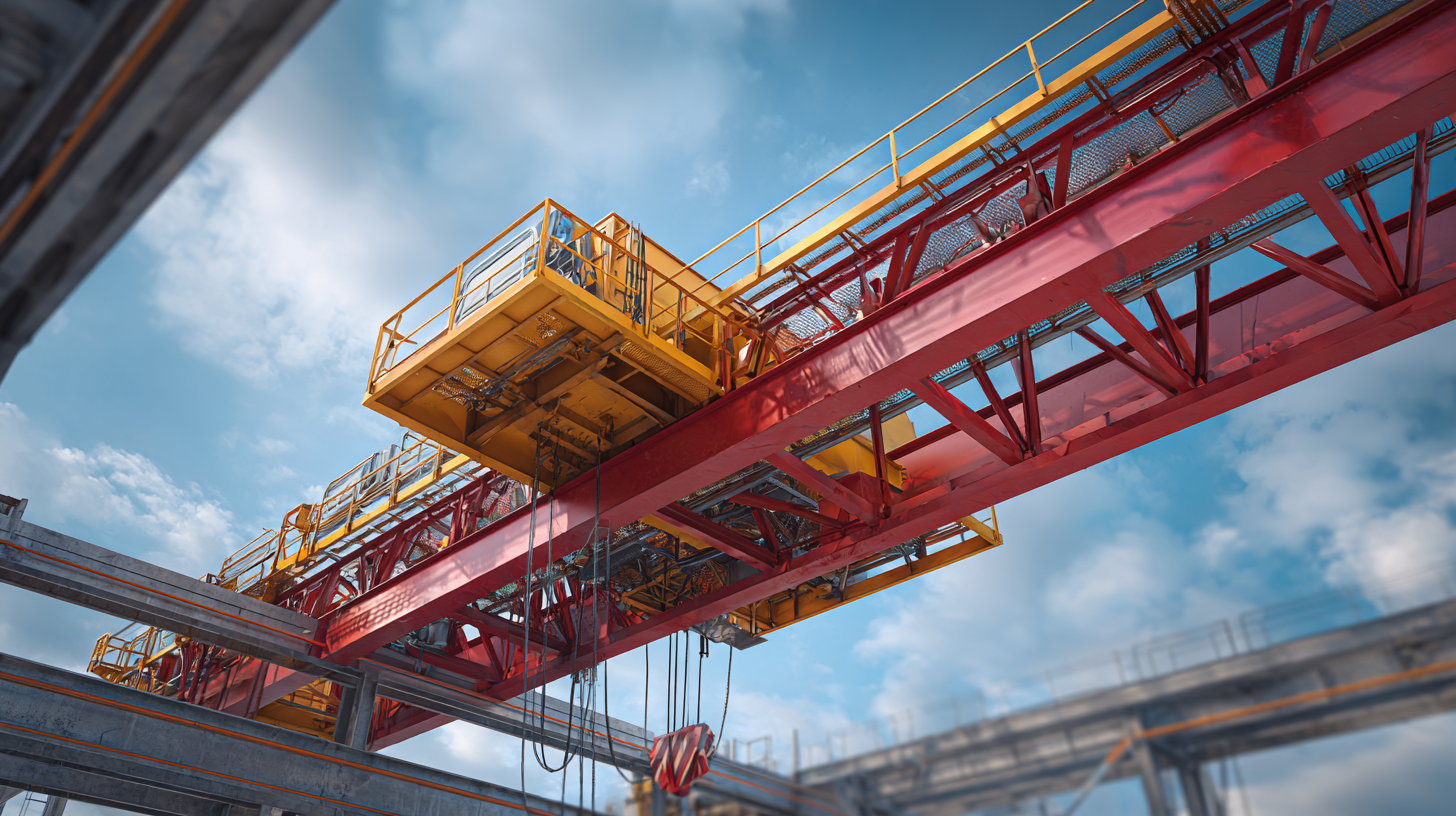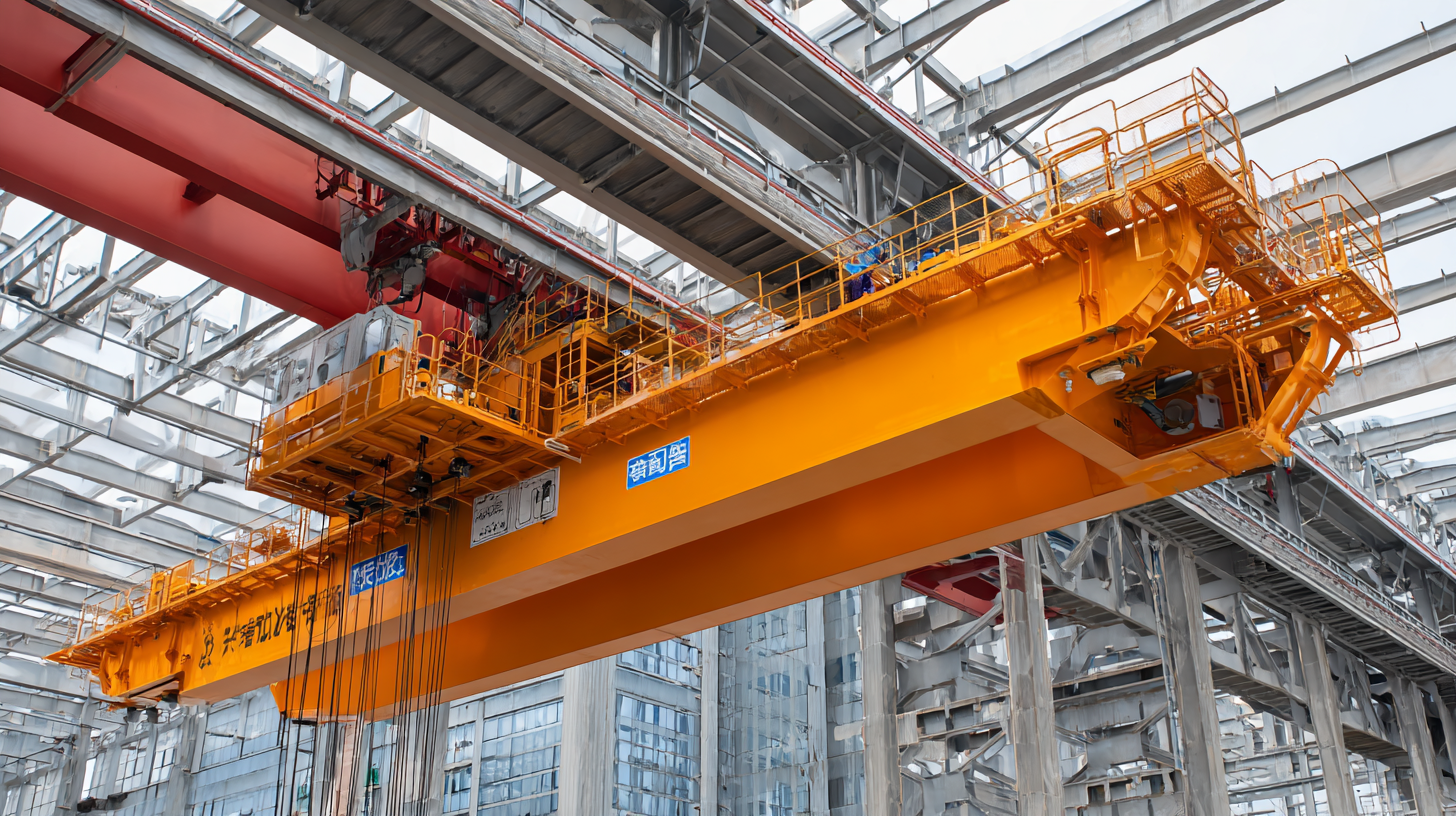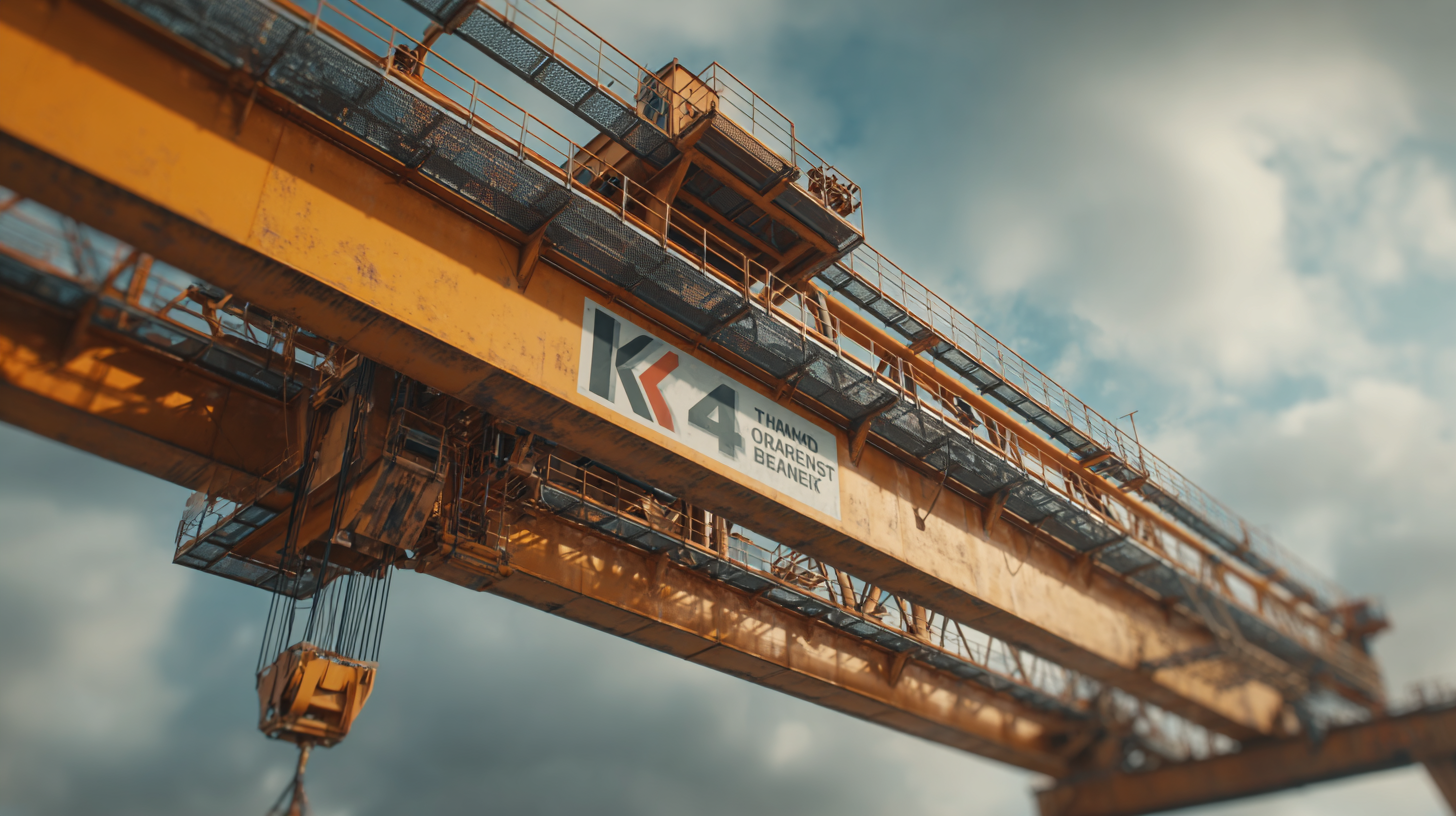Inquiry
Form loading...
-
Phone
-
Wechat

-
Whatsapp

In an ever-evolving industrial landscape, the demand for efficient and reliable lifting solutions has never been more critical. Among various lifting equipment, the Over Head Bridge Crane stands out as a top choice for global buyers, thanks to its unparalleled versatility and performance. As we look into 2025, it’s essential to explore the trends shaping the industry, such as advancements in technology, safety standards, and material handling efficiency. This blog will delve into the characteristics that make the Over Head Bridge Crane a preferred option, guiding buyers through essential factors to consider when selecting the ideal crane for their operational needs.

From automation features to economic benefits, understanding these elements will empower businesses to make informed decisions, enhancing productivity and safety in their workplace.
When selecting an overhead bridge crane, buyers should prioritize several key features that ensure efficiency and safety in their operations. First and foremost, load capacity is crucial. The crane must be able to handle the specific weight requirements of the materials being lifted, which can vary significantly across industries. Whether it’s a lightweight structure for manufacturing or a heavy-duty crane for construction, understanding the load capacity is essential to prevent accidents and equipment failure.
Furthermore, operational ease and control systems play a vital role in the overall user experience. Modern cranes often come equipped with advanced technology such as remote controls and automated features that enhance precision and reduce the risk of operator error. Additionally, the design and materials used in construction can affect longevity and maintenance requirements. Buyers should look for cranes with durable materials and a design that allows for easy inspection and maintenance, ensuring long-term reliability and cost-effectiveness.
When selecting an overhead bridge crane, understanding load capacity requirements is crucial for industrial applications. Load capacity refers to the maximum weight that a crane can safely lift and move, and it varies significantly across different types of cranes. Buyers must assess the specific needs of their operations, including the weight and dimensions of the materials being handled. This ensures that they choose a crane that not only meets current demands but also accommodates future growth.
Additionally, load capacity is influenced by factors such as the type of materials being lifted, frequency of use, and operational environment. Overhead bridge cranes designed for heavy-duty operations typically feature higher load capacities and enhanced structural integrity. Buyers must also consider safety standards and regulations, as these can dictate specific load limits. By accurately gauging load capacity requirements, businesses can optimize their workflows while minimizing the risk of accidents, enhancing both productivity and safety in the workplace.
When selecting an overhead bridge crane, safety standards and compliance are paramount. The construction industry is notoriously high-risk, with a significant number of accidents occurring due to equipment failures or misuse. Recent data highlights the importance of strict adherence to safety protocols. For instance, a federal inspection revealed that a ship repair company in Guam could have avoided a tragic rigger death by following established safety guidelines. Such incidents underline the necessity for global buyers to prioritize cranes that meet rigorous safety standards.
Moreover, the crane rental market, projected to reach USD 55.9 billion by 2025, is underpinned by the demand for safer operations. Innovations in crane technology are continually emphasizing risk reduction and safety improvements. Events focused on crane safety, such as the Crane Safety 2021 conference, showcase how operators and manufacturers work together to enhance operational safety. With construction activities involving complex processes and heavy machinery, ensuring that cranes comply with the latest safety regulations is not just a preference—it’s a necessity to protect workers and improve operational efficiency.
| Feature | Importance | Safety Standards Compliance | Main Certification Bodies |
|---|---|---|---|
| Load Capacity | Ensures capability to handle required loads | Must meet ASME B30.2 or ANSI standards | ASME, ISO |
| Span Length | Determines the coverage area of the crane | Regulations on clearances and overhead obstructions | OSHA, CE |
| Control Options | Affects operator safety and efficiency | Remote control features must comply with safety standards | ISO, ANSI |
| Maintenance Standards | Crucial for longevity and operational safety | Regular inspections required by safety regulations | ANSI, OSHA |
| Emergency Features | Important for minimizing risks during emergencies | Compliance with emergency stop standards | EU Machinery Directive, ISO |
When evaluating overhead bridge cranes, the importance of maintenance and support services cannot be overstated. Ensuring the longevity and efficiency of these cranes requires regular upkeep, which directly impacts operational costs. According to industry reports, poorly maintained cranes can lead to a productivity drop of up to 20%, highlighting the necessity of a reliable support infrastructure. Buyers must prioritize manufacturers that offer comprehensive maintenance packages, which not only include regular inspections but also access to genuine replacement parts.

Furthermore, a recent analysis indicated that organizations that invested in predictive maintenance solutions saw a 30% reduction in unexpected downtimes. This statistic reflects the growing trend of integrating advanced technologies into equipment maintenance strategies. By selecting an overhead bridge crane supplier who emphasizes strong technical support and readily available service options, global buyers can ensure that their operations remain efficient and compliant with safety standards, ultimately leading to a more sustainable and cost-effective investment in the long run.
When considering the purchase of an overhead bridge crane, buyers often face the dilemma of balancing costs with the benefits of quality. While it may be tempting to opt for a lower-priced option, investing in a top-quality crane can lead to significant long-term savings and enhanced operational efficiency. High-quality cranes are typically more durable, require less frequent maintenance, and can handle heavier loads and demanding operations without breaking down. This reduction in downtime can ultimately translate into smoother workflows and increased productivity.

Additionally, the safety features integrated into premium cranes cannot be overlooked. Quality equipment often comes with advanced safety systems that protect both operators and materials. This aspect is crucial, as accidents caused by equipment failure can lead to costly injuries, legal repercussions, and damage to the facility. By prioritizing quality over price, buyers not only ensure compliance with safety regulations but also foster a safer work environment. In the end, when evaluated against the potential costs of accidents and operational disruptions, the initial investment in a superior overhead bridge crane proves to be a wise choice for global buyers.
